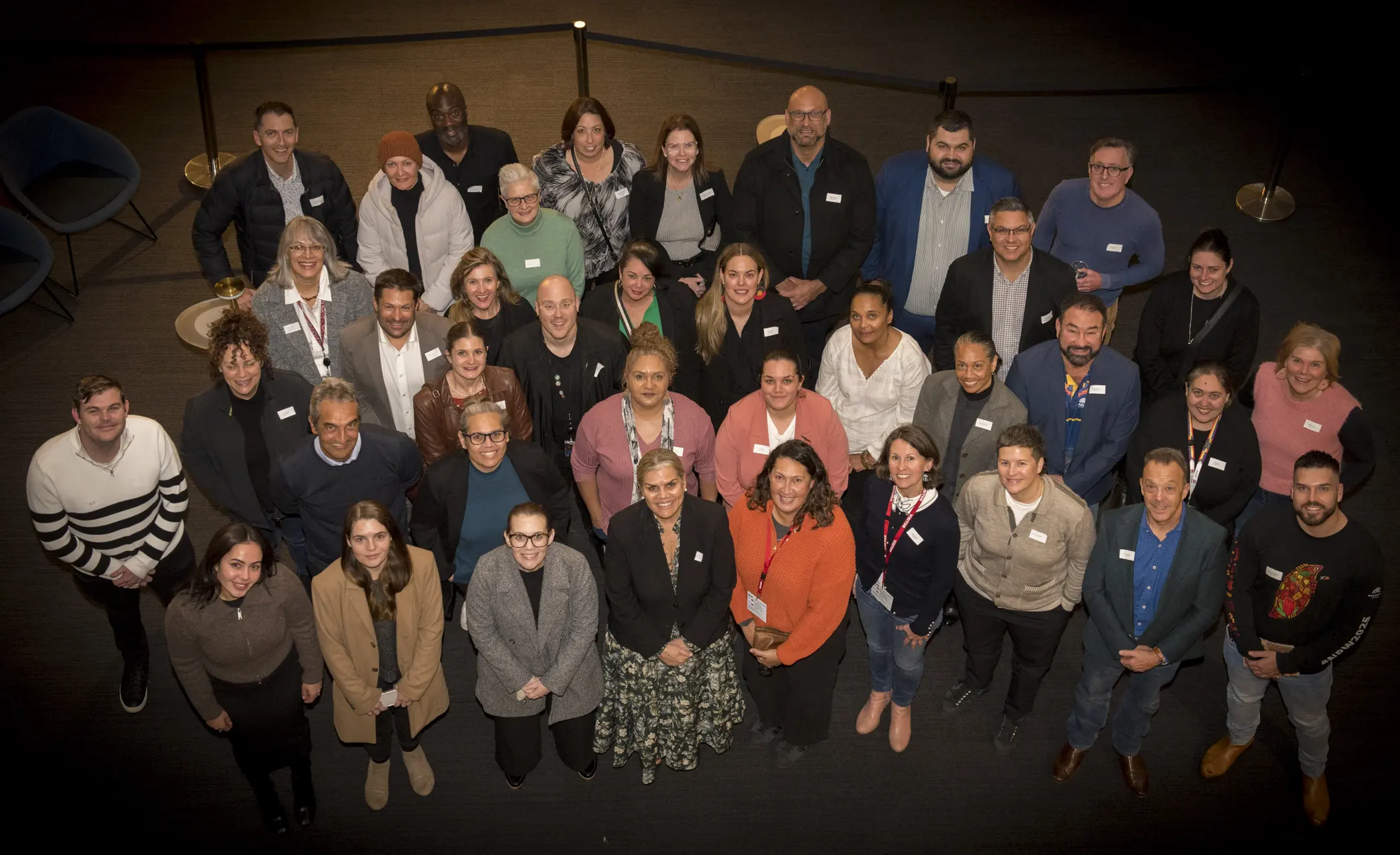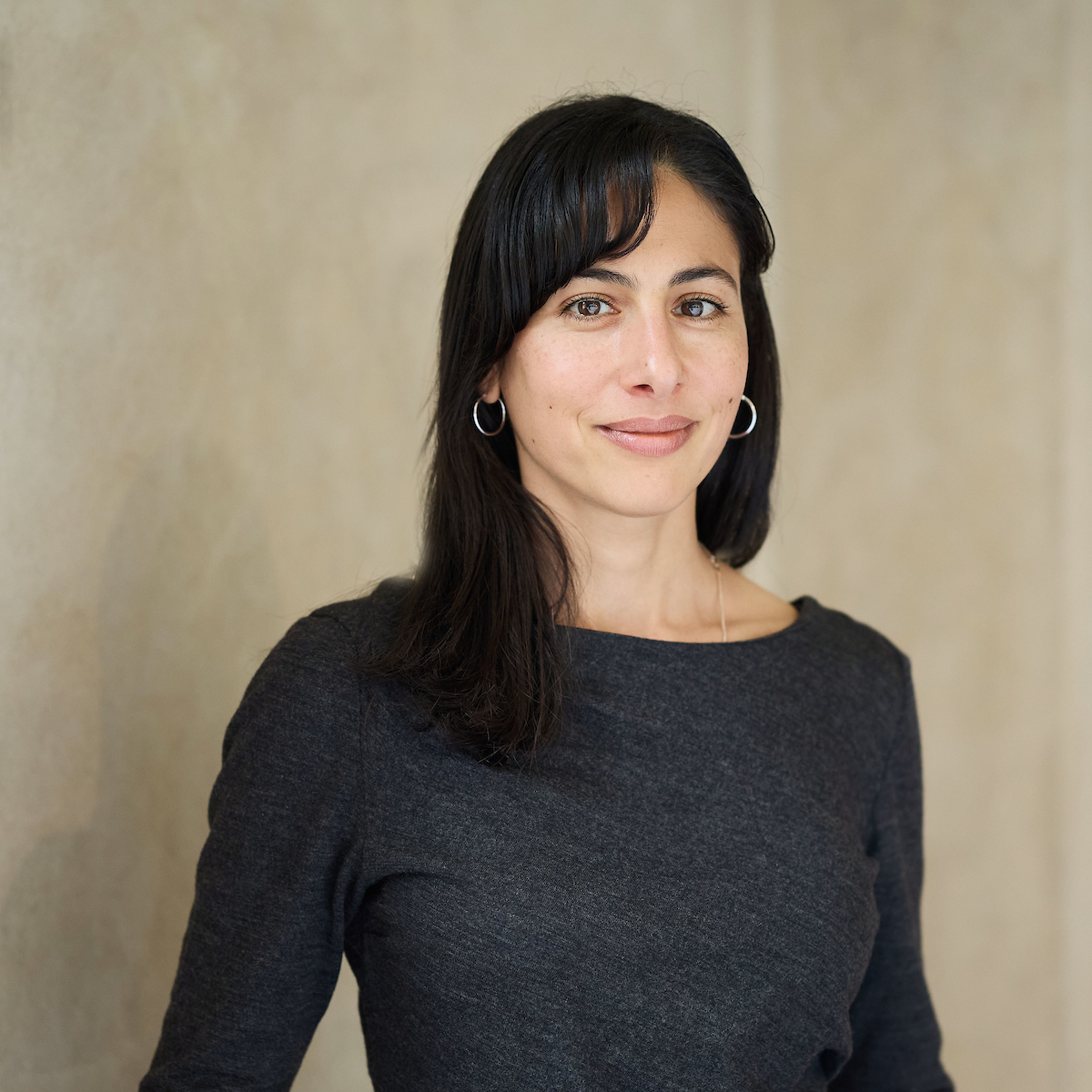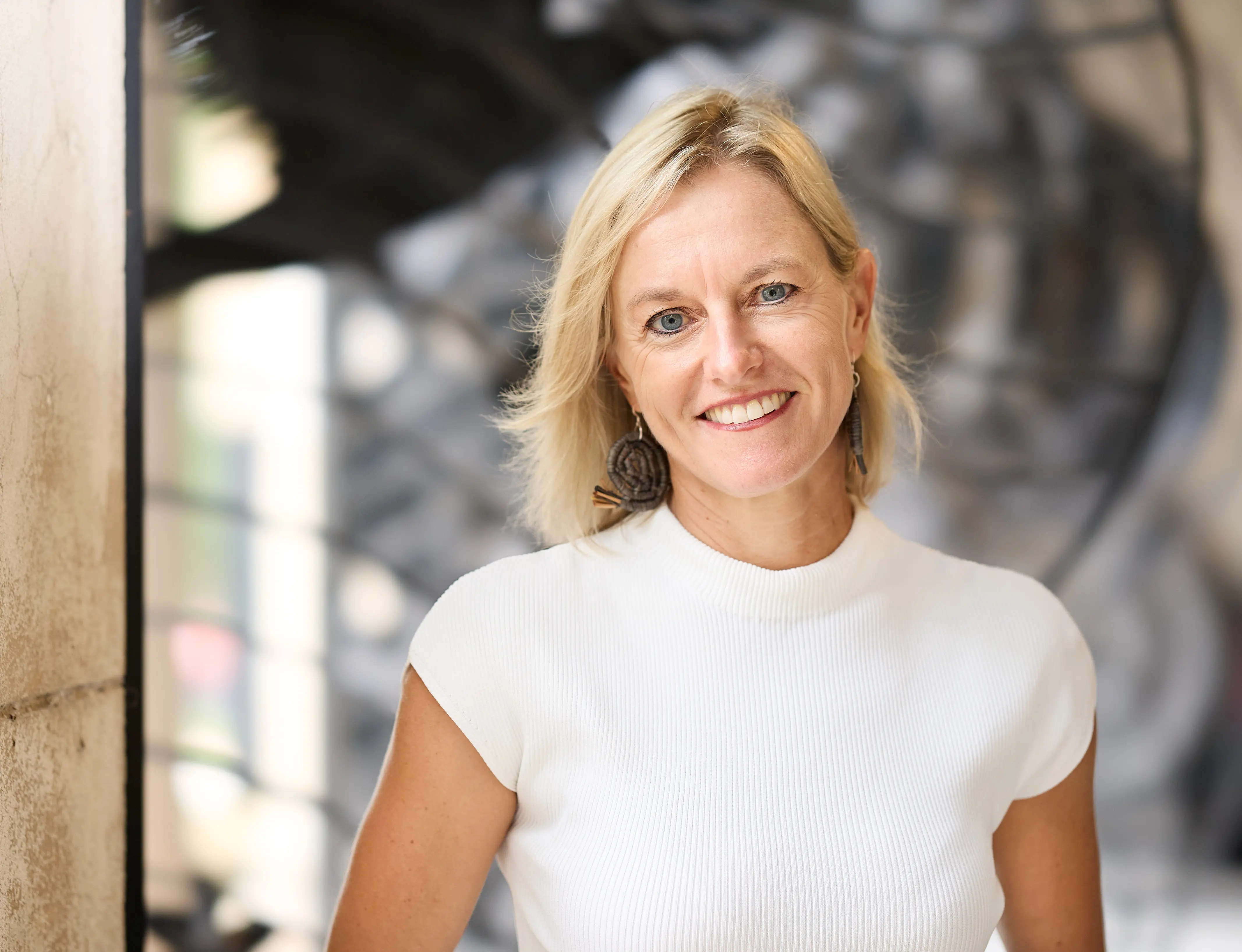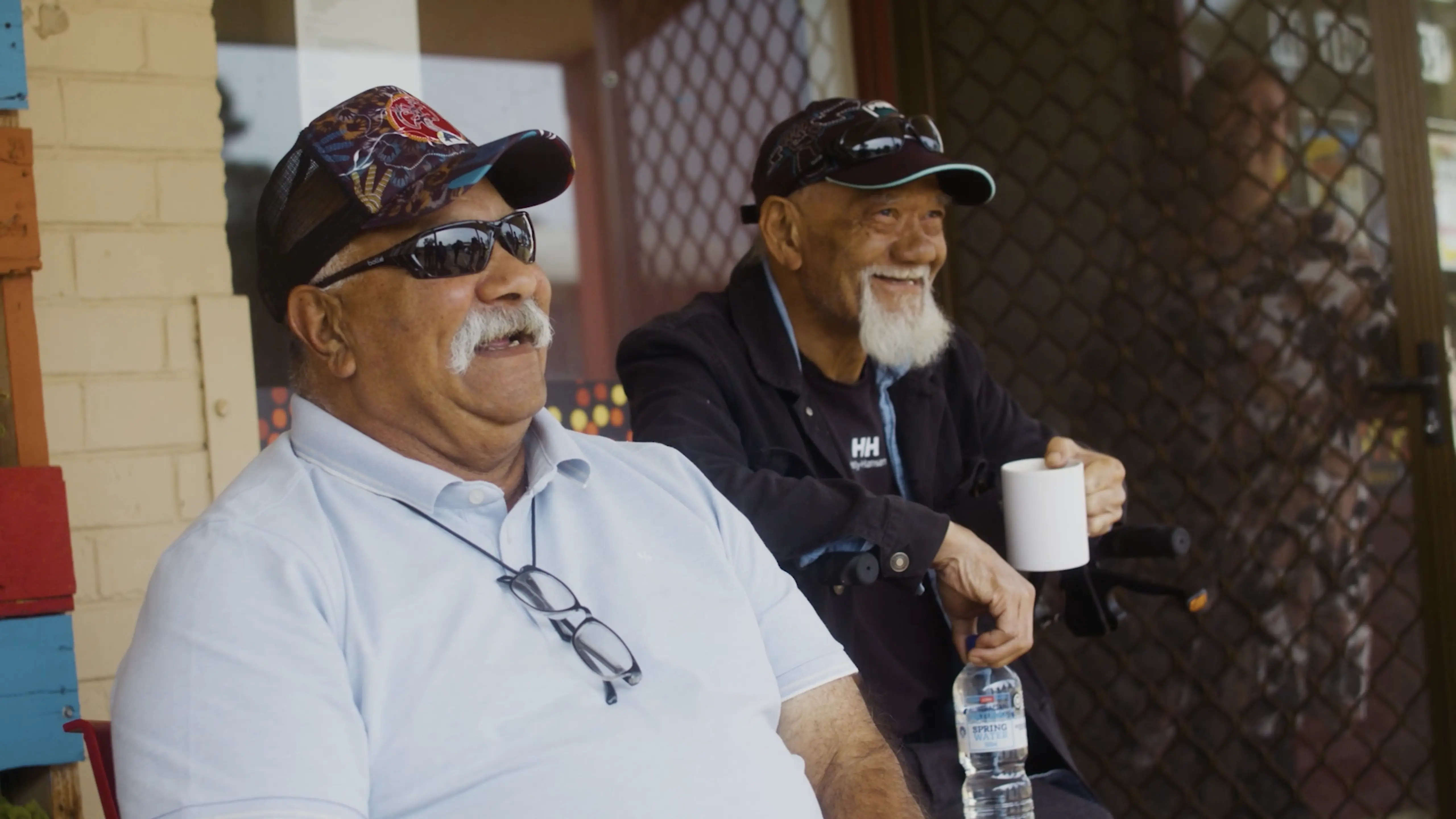By Alex Fischer (Head of Research), Galina Laurie (Partnership Manager for Resilience Portfolio)
Australia is once again experiencing a state of disaster, with rainfall and flooding in Queensland and NSW shattering hundred-year records. Yet even though the 2022 floods are unprecedented they form part of a well-documented pattern: natural disasters are becoming increasingly frequent and severe. More significantly, the impacts are not felt equally within or between communities.
Given this, we need to anticipate and plan for future disasters to minimise their impact and prevent the events from amplifying or compounding disadvantage.
Last year, The Conversation published over 50 articles examining how the burden of disaster falls disproportionately on certain individuals, families and communities.
The series looked at how we are failing people who have been impacted by disaster and suggested concrete ways we can do better.
Five insights where articles provide practical and immediate actionable ideas:
1. Natural disasters reveal inequities of vulnerability, but also provide opportunities to address entrenched cycles of disadvantage within and across communities.
2. Recovery is multi-dimensional, spanning infrastructure, ecological, economic, institutional, social and political dimensions.
3. Disaster resilience requires a new sort of relationship between communities and all levels of government.
4. An insurance crisis is looming while underinsurance is entrenching poverty.
5. Culturally informed approaches to disaster management and healing are essential for Aboriginal and Torres Strait Islander communities.
The work was funded by the Paul Ramsay Foundation and carried out by the independent editorial team at The Conversation.
Over the course of the project three overarching questions emerged.
1. How can we better understand and measure the strong link between disaster vulnerability and disadvantage?
Experiences of disadvantage heighten disaster vulnerability. Previous research has found a direct relationship between income-based poverty, household financial resilience and disaster vulnerability. There is less understanding of how other experiences of disadvantage shape vulnerability and, more importantly, opportunities or barriers to recovery and resilience.
There is a strong spatial relationship between natural disasters, physical infrastructure vulnerability and indicators of socio-economic disadvantage. In NSW, Dominey-Howes and colleagues at the University of Sydney found that “of the most disadvantaged LGAs in NSW, 43% were found in the state’s disaster hotspot.” The analysis using composite indices of disadvantage alongside instances of disasters mapped these hotspots in a related article. This provides an initial but insufficient frame to explore social vulnerability and exposure.
Some of the articles discussed specific factors at play in shaping vulnerability. Several articles examined how rental and housing prices are cheaper in areas close to floodplains and drought-affected bushland. Increased housing insecurity, specifically for retirees and those residing in caravan parks, means heightened exposure to disasters such as floods, cyclones or bushfires. Residing in these areas requires knowledge of preparation, escape routes and evacuations, heaping pressure on the already-stretched households and communities living within these complex socio-ecological systems.
Individuals also have different experiences of support during and post-fire recovery, with multiple articles showing how policies do not yet recognise the full array of nuanced needs. Several examples included support for those living with a disability, those experiencing mental health challenges, pressures on retirees with fixed or low incomes, the increased instances of domestic and family violence, the unequal increases in job insecurity, and the impact of discrimination towards LGBTQI and Aboriginal people. Many of the needs of these communities remain unaddressed in the chaos of disaster response and process of recovery.
Natural disasters provide opportunities to understand and address entrenched cycles of disadvantage. More research is needed on the impacts of disasters on those facing adversity. This should produce new tools and initiatives, such as the Australian Institute for Disaster Resilience (AIDR), supporting researchers, policy makers and non-governmental groups to respond.
2. How can individuals, communities, councils, and state and federal governments work together to build greater resilience?
Communities are not singular systems – they are made up of interlocking and diverse domains including the infrastructural, ecological, economic, institutional, social, and political. To effectively build resilience we need to consider all six of these dimensions.
Lisa Gibbs showed how the long tail of disasters, seen through ten years of studies of the 2009 Victorian Black Saturday Fires, requires long-term community-focused partnerships and commitments.
Another theme was how building disaster resilience is increasingly changing the relationship between communities and government. Local knowledge and community voices are positioned to inform resilience-building and public policy.
A number of articles discussed tensions between community-driven knowledge and top-down resilience approaches from State and Federal programs. The articles reviewed methods being used by communities to design their own resilience action plans as well as the opportunities to strengthen these plans by directly engaging and including Indigenous knowledge.
Self-determination for Aboriginal and Torres Strait Islander communities requires culturally informed approaches to disaster management and healing. Aboriginal and Torres Strait Islander communities should be given appropriate platforms to share their long-standing knowledge of disaster management in addition to distinct trauma experienced by this community in the aftermath of ecological disasters.
Over the course of this series, the Federal government established the National Recovery and Resilience Agency (NRRA) out of the National Bushfire Recovery Fund, with over $3 billion in funds allocated since the fires. The recent constrained timeframes for submitting proposals under the NRRA’s Preparing Australia fund suggest that there is still work to be done to ensure that impacts on communities are factored in.
David Bowman concurs in his article “for years, authorities have essentially handed people a formidable and expensive checklist of things to do”. Bowman suggests state-subsidised fire protection is one strategy to avoid deepening the resilience gap between households and conferring the increasing cost of climate adaptation to communities who have limited options of settlement.
The built infrastructure and household income ‘resilience gap’, which compounds the challenges of communities and individuals experiencing disadvantage, could be addressed through subsidised protections and insurance reforms. Insurers could consider various approaches to increasing coverage for low socio-economic households, while state governments could subsidise costs of getting homes fire or flood ready.
3. How are the hidden economic impacts and costs of insurance amplifying or entrenching disadvantage?
The role of financial vulnerability is widely identified in research and policy about disadvantage: income-based disadvantage reduces individual and household capacity to prepare, recover and plan for disasters. Several of the articles in The Conversation’s series discussed the impact of disasters on suppressing incomes, with disproportionate impacts on women and other marginalised groups.
The long tail of disaster recovery also risks entrenching cycles of disadvantage. Natural disasters devastate local economies and restrict individual productivity, suppressing individual income for several years post-disaster.
For women, the hidden economic impacts of floods and bushfires are far more pronounced, unfolding over the course of a decade. The decade-long study of the Black Saturday Fires in Victoria shows that 22% of people exhibited symptoms consistent with diagnosable mental health disorders and reports of violence experienced by women were seven times higher in bushfire-affected areas. The study further found that participation in local community groups – a way to measure social capital – tended to result in better outcomes five years later.
The other key research insight identified that the recent pattern of fires and floods have produced a crisis of high insurance premiums. Low-income households are forced to drop their insurance coverage, thereby risking financial disaster when the next crisis hits. For low-income households, negotiating with insurance providers exposes a resilience gap between them and their neighbours who have the time and capital to see out the claims process over several months.
Asking people to prepare for fire or expecting quick recovery does not work for those facing income-based disadvantage. There are policies and approaches that pool risk and subsidise prevention, which might help individual and families and save money for communities and insurance providers.
These are critical questions for governments, communities and supporting organisations to consider as we find ourselves in yet another natural disaster – and for many, one that is all too familiar.
Rebuilding for greater resilience requires an evidence-based approach to our policies and practices, working with communities to prevent natural events entrenching disadvantage.










